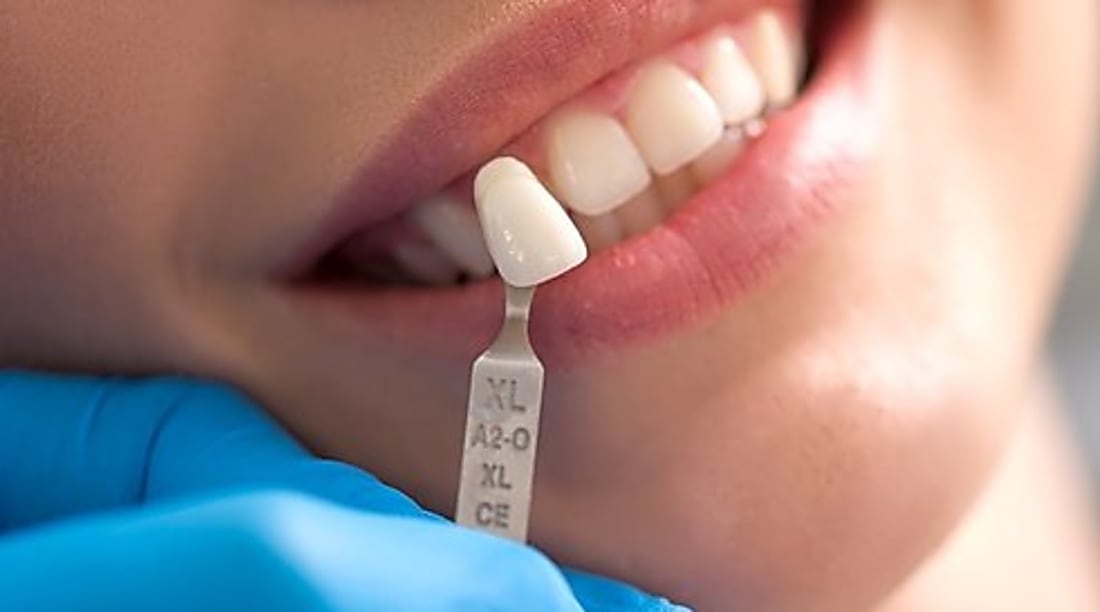Understanding Dental Implants: Procedure, Costs, and Benefits
Dental implants have become a popular solution for replacing missing teeth, offering a permanent and natural-looking alternative to dentures or bridges. These titanium posts are surgically placed into the jawbone, providing a stable foundation for artificial teeth. Whether you've lost a tooth due to injury, decay, or other dental issues, understanding how dental implants work and what to expect can help you make an informed decision about your oral health.

Missing teeth can affect more than just your smile. They can impact your ability to chew properly, speak clearly, and maintain the structure of your jawbone. Dental implants have emerged as a reliable solution that mimics the function and appearance of natural teeth. Unlike traditional dentures that sit on top of the gums or bridges that rely on adjacent teeth for support, dental implants are anchored directly into the jawbone, creating a sturdy and long-lasting foundation.
The process of getting dental implants typically involves multiple steps and can take several months to complete. First, a dental professional evaluates your oral health and jawbone density to determine if you’re a suitable candidate. The implant itself is a small titanium post that acts as an artificial tooth root. During a surgical procedure, this post is inserted into the jawbone where the missing tooth once was. Over the following weeks and months, the bone naturally fuses with the titanium in a process called osseointegration, creating a solid base for the replacement tooth.
What Are Dental Implants Made Of?
Dental implants consist of three main components: the implant post, the abutment, and the crown. The implant post is typically made from titanium, a biocompatible material that integrates well with human bone tissue. Titanium is chosen for its strength, durability, and ability to resist corrosion. Some newer implants use zirconia, a ceramic material that offers a metal-free alternative for patients with metal sensitivities or those seeking a more natural appearance at the gum line.
The abutment is a connector piece that attaches to the top of the implant post and holds the crown in place. It can be made from titanium, gold, or ceramic materials. The crown is the visible part of the tooth replacement, custom-made to match the color, shape, and size of your natural teeth. Crowns are typically crafted from porcelain, ceramic, or a combination of materials that provide both aesthetic appeal and functional strength.
How Does the Dental Implant Procedure Work?
The dental implant procedure is performed in stages, allowing time for healing between each step. After the initial consultation and imaging, the first surgical phase involves placing the titanium post into the jawbone under local anesthesia or sedation. The gum tissue is then closed over the implant, and a healing period of three to six months follows. During this time, osseointegration occurs as the bone grows around the implant.
Once the implant has fully integrated with the bone, a second minor procedure may be needed to expose the implant and attach the abutment. In some cases, the abutment can be placed during the initial surgery. After the gums heal around the abutment, impressions of your mouth are taken to create a custom crown. The final step involves attaching the crown to the abutment, completing your tooth replacement. Throughout the process, your dental team monitors healing and ensures proper placement and function.
What Are the Costs Associated with Dental Implants?
The financial aspect of dental implants is an important consideration for most patients. Costs can vary significantly based on several factors, including geographic location, the complexity of your case, the type of implant used, and whether additional procedures like bone grafting are necessary. A single dental implant typically includes the cost of the implant post, abutment, crown, and surgical procedures.
In many areas, a single tooth implant can range from 3,000 to 6,000 dollars or more. This estimate includes all components and procedures, though prices may be higher in metropolitan areas or when working with specialists. Additional procedures such as bone grafting, sinus lifts, or tooth extractions can add 500 to 3,000 dollars or more to the total cost. Multiple implants or full-arch replacements naturally increase the overall investment, with full-mouth restoration potentially ranging from 20,000 to 50,000 dollars or higher depending on the approach used.
| Service Type | Provider Type | Cost Estimation |
|---|---|---|
| Single Tooth Implant | General Dentist | 3,000 - 4,500 dollars |
| Single Tooth Implant | Oral Surgeon/Periodontist | 4,000 - 6,000 dollars |
| Implant with Bone Graft | Specialist | 4,500 - 8,000 dollars |
| Multiple Implants (3-4 teeth) | Dental Clinic | 10,000 - 20,000 dollars |
| Full Arch Replacement | Implant Center | 20,000 - 50,000 dollars |
Prices, rates, or cost estimates mentioned in this article are based on the latest available information but may change over time. Independent research is advised before making financial decisions.
Are Dental Implants Covered by Insurance?
Dental insurance coverage for implants varies widely among providers and plans. Many traditional dental insurance policies classify implants as a cosmetic or elective procedure, offering limited or no coverage. However, some plans may cover a portion of the cost, particularly if the tooth loss resulted from an accident or medical condition. Typically, if coverage is available, insurance might pay for part of the crown or other components, but not the surgical placement of the implant itself.
Some dental practices offer payment plans or financing options to help make implants more accessible. Health savings accounts or flexible spending accounts can also be used to cover implant costs with pre-tax dollars. It’s advisable to contact your insurance provider directly to understand your specific coverage and to request a pre-authorization or estimate before beginning treatment. Additionally, dental schools sometimes offer implant procedures at reduced costs, performed by students under expert supervision.
What Are the Long-Term Benefits of Dental Implants?
Dental implants offer numerous advantages that extend beyond simple tooth replacement. They help preserve jawbone density by providing stimulation similar to natural tooth roots, preventing the bone loss that typically occurs after tooth extraction. This preservation maintains facial structure and prevents the sunken appearance that can develop with missing teeth. Implants also don’t require altering adjacent healthy teeth, unlike bridges that need neighboring teeth to be filed down for support.
With proper care, dental implants can last 25 years or even a lifetime, making them a cost-effective long-term solution despite the initial investment. They function like natural teeth, allowing you to eat, speak, and smile with confidence. The success rate for dental implants is high, typically above 95 percent, and they don’t require special maintenance beyond regular brushing, flossing, and dental checkups. Unlike dentures, implants are fixed in place and won’t slip or cause discomfort during daily activities.
This article is for informational purposes only and should not be considered medical advice. Please consult a qualified healthcare professional for personalized guidance and treatment.




